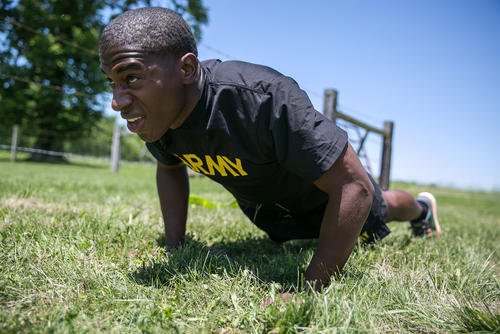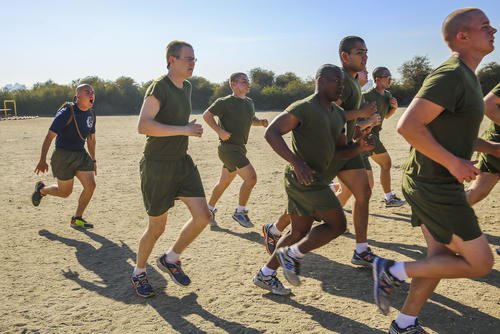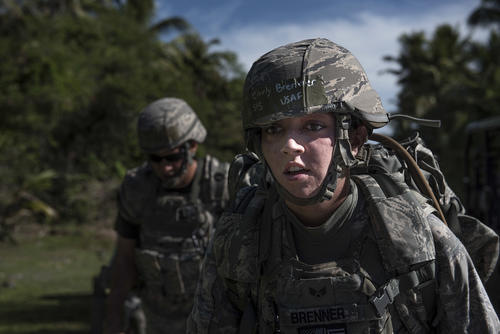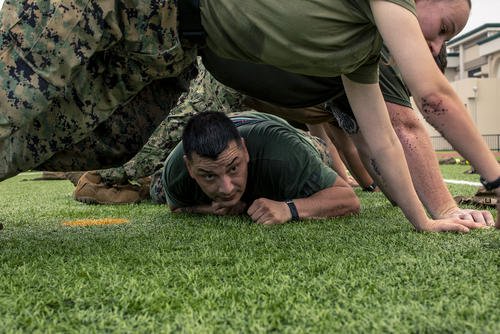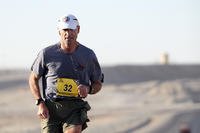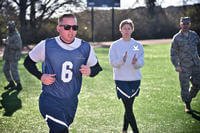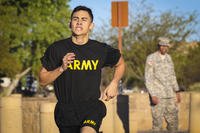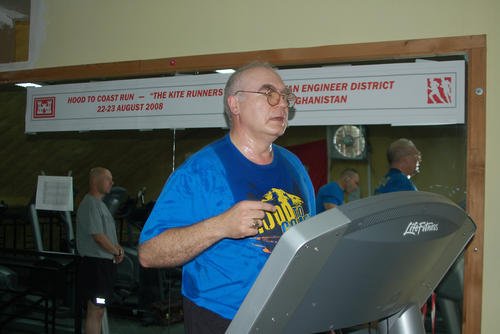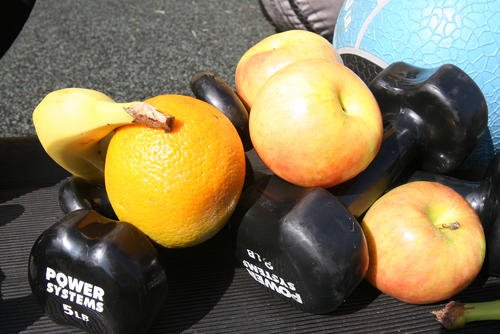The Army Combat Fitness Test (ACFT) has dropped the medicine ball toss, removed the word “Combat” from its name, and introduced higher scoring requirements for combat arms soldiers. The revised test is now called the Army Fitness Test (AFT).
Arranging your workouts to meet the changing standards among combat-related specialties will help you prepare for the fitness test and perform to the new demands of your military occupational specialty (MOS).
Related: Army Aims New Fitness Test for June But Is Still Working on How to Grade It
The updated Army Fitness Test now includes the following five events:
- The three-repetition maximum (3RM) deadlift, using a hex bar
- Hand-release push-up with arm extension
- Sprint-drag-carry
- Plank
- Two-mile run
The following are training ideas to assist you with performing at your best in these events on test day:
Running and Deadlift
If you don’t run after deadlift workouts, you may be missing points on the Army Fitness Test. While you may not need to run every day you do deadlifts, you should practice it often enough to build the required strength, endurance and leg stamina to crush tests such as this.
Many soldiers report that their runs are significantly improved when they omit the six exercises from the previous Army Combat Fitness Test. The new Army Fitness Test will require the same training in strength and endurance. Ending your workouts with a two-mile run or 20 minutes of nonimpact cardio is a smart way to best prepare for the physical and fueling demands of this multi-event test.
Repeat three times:
- Deadlift 3-5 reps (focus on technique and heavier weight)
- Hanging knee-ups – 10 reps, followed by a stretch
- You can mix in other leg exercises such as the leg press and weighted lunges on your leg days.
After some leg days, top off with a two-mile run for time or 20 minutes of nonimpact cardio at a moderate to high effort. Getting used to this type of combination of events helps you perform better, so practice.
Push-up and Plank Poses
These two calisthenic events also require practice to achieve maximum points. These upper-body day exercises should be incorporated into your regular workouts. Whether you lift weights or engage in calisthenics such as pull-ups, dips and other core exercises, you should incorporate a few sets of hand-release push-ups and plank poses into every upper-body workout.
A quick push-up set immediately after a bench-press set is one of the best combinations for maxing push-ups. This is a fast way to simulate the last 30 seconds of a two-minute test without having to do many reps per set. For instance:
Repeat 3-4 times.
- Bench press – 10 reps
- Hand-release push-ups – max reps, no rest
- Plank pose for one minute
Another classic five- to 10-minute workout that will help you crush these two exercises is to add the Death by Push-ups Challenge to the end of the workout:
- During a 5–10 minute plank hold, perform 10 push-ups every minute on the minute (EMOM). Build up to this one over a few months by doing it 1-2 times a week and you should soon max these two events.
Sprint-Drag-Carry and Running/Leg PT
After working the sled pull, farmer’s carries and sprints, work the two-mile pace you want to master on the test. Depending on your abilities and goals, add in 4-8 intervals of a quarter- or half-mile run at your goal-mile pace for the two-mile timed run. This can be a non-lifting leg day when you can mix in air squats and lunges between running sets to help you build the muscle stamina needed to perform on tired legs.
After a few sets of sprint-drag-carry, do this:
Repeat four times.
- Run a half-mile at goal-mile pace.
- Squats 20
- Lunges 10/leg
Or you can do more sets with shorter distances:
Repeat 6-8 times.
- Run a quarter-mile at goal-mile pace
- Squats 10
- Lunges 10/leg
These changes stem from a multiyear study by the RAND Corporation, which reviewed more than one million test results. To be eligible for their MOS, those service members in the combat arms job specialties must score at least 50 points higher on the AFT (350 vs. 300) compared to non-combat roles. By practicing the above events throughout the training week, you can score well above these minimum standards and be among the upper percentages who score in the high 400s to 500s on this test.
Want to Learn More About Military Life?
Whether you're thinking of joining the military, looking for fitness and basic training tips, or keeping up with military life and benefits, Military.com has you covered. Subscribe to Military.com to have military news, updates and resources delivered directly to your inbox.







